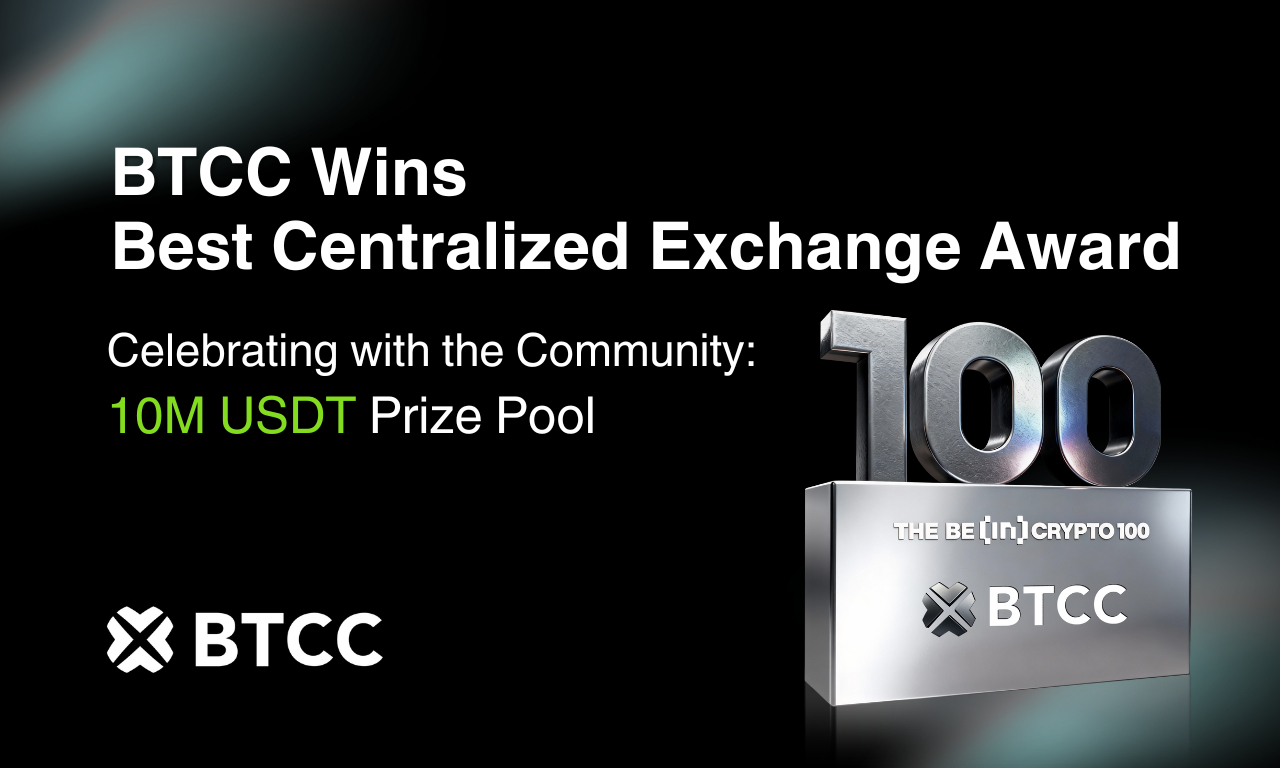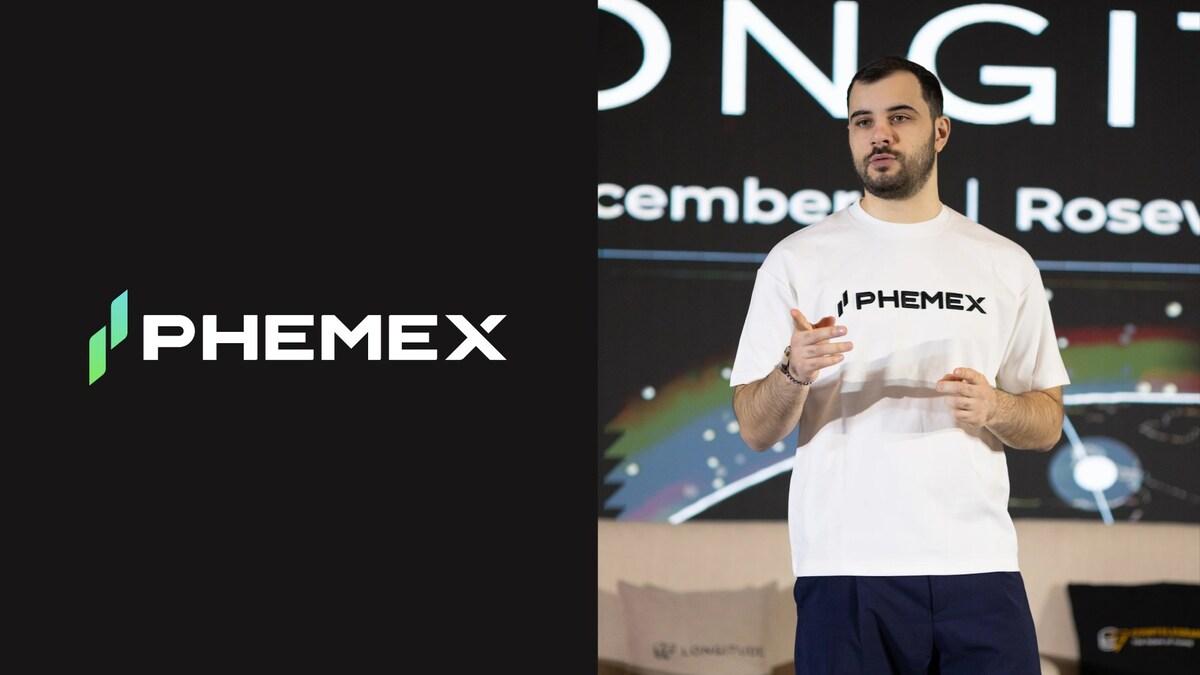
Sui Move represents an evolution in blockchain programming, building on the Move programming language’s focus on safety and efficiency. Tailored for the Sui blockchain, it promotes secure smart contract creation through an object-oriented model, which simplifies asset management.
Additionally, Sui Move enables rapid transaction processing, crucial for decentralized applications (dApps). Unlike conventional smart contract languages, Sui Move introduces several innovations tailored for modern Web3 infrastructure. In this article, let’s explore how it works.
What Is the Move Programming Language?
Originally developed by Meta’s Diem blockchain team in 2019, the Move programming language was designed to address critical flaws in traditional smart contract development — including reentrancy vulnerabilities and poor asset control.

After Diem’s shutdown, Move was open-sourced and adopted by projects like Aptos and Sui, each implementing their own variations. Move focuses on three key strengths:
- Resource-oriented programming for better asset management
- Static typing and deterministic execution for reliability
- Safety mechanisms that prevent common contract-level exploits
Move’s structure provides a strong foundation for secure, high-performance dApps. On Sui, the language is further refined into what’s now known as Sui Move.
What Is Sui Move?
Sui Move is a blockchain-optimized version of the Move programming language, redesigned specifically to suit the high-throughput and object-based architecture of the Sui network.
It retains Move’s core principles of safety and resource orientation, while adding features tailored to scalability and real-world asset representation. Sui Move enables developers to build scalable, secure dApps with better user experiences and fewer transaction bottlenecks.
Key Features of Sui Move
Sui Move introduces several advanced features that set it apart from standard Move implementations and other blockchain programming languages.
Object-oriented design is a fundamental concept. Instead of relying on global account states like Ethereum, Sui Move models assets as objects, each with a unique identifier and ownership structure. This approach simplifies logic around NFTs, in-game items, or user profiles by allowing direct interaction with individual assets.

Programmable Transaction Blocks (PTBs) provide another key innovation. PTBs allow multiple operations to be bundled into a single transaction, enabling complex workflows while eliminating risks like reentrancy. Developers can execute atomic sequences with greater flexibility and lower gas costs.
Formal verification is fully integrated into the development workflow. Smart contracts can be mathematically validated before deployment, reducing the likelihood of logic errors or vulnerabilities. This level of safety is particularly useful for finance applications or identity systems where correctness is non-negotiable.
Parallel transaction execution is built into the Sui protocol and supported by the language itself. Non-conflicting transactions are processed simultaneously, improving throughput and lowering latency. This design supports high-volume use cases such as gaming, real-time trading, and on-chain interactions.
Read More: The Sui Mysticeti Upgrade Explained: A New Era of Blockchain Consensus
Advantages of Sui Move
Object model and asset management
Sui Move’s object model offers considerable advantages for asset management.
- Independent Tracking: Assets are treated as separate, trackable entities, unlike traditional account-based models such as Ethereum. This allows for clearer ownership.
- Flexible Operations: Users can own, share, or even create immutable assets, enhancing usability.
- Parallel Processing: The design enables non-conflicting updates to occur simultaneously, which increases transaction throughput and minimizes latency.
Performance optimization
High throughput minimizes network congestion, ensuring users experience smooth interactions. Sui Move’s optimizations greatly enhance user experiences by ensuring that transactions are processed efficiently, thereby supporting real-time functionalities without delays.
Security and verification
When considering the security of decentralized applications (dApps), the design of the programming language plays an essential role. Sui Move employs a resource-oriented design, inherently reducing vulnerabilities like double-spending and reentrancy. Such structural advantage guarantees greater code reliability.
Moreover, Sui Move introduces formal verification tools, enabling developers to mathematically demonstrate contract correctness. This rigorous proof process greatly reduces the risks of potential exploits. Formal verification can help confirm the security of smart contracts before deployment. As a result, Sui Move emerges as a trusted choice for mission-critical dApps, prioritizing security and integrity.
Read More: Top Sui Wallets You Can Trust in 2025
Experience with Sui Move
Developers commencing on projects within the Sui ecosystem often discover that using Sui Move greatly enhances their programming experience.
Sui Move improves programming efficiency and security for Web3 projects. When all smart contracts utilize Move, validators can ascertain robust assumptions about code. For instance, Bucket Protocol accelerated its DeFi project timeline from eight months with Solidity to just two months using Move.
Sui Move diverges from standard Move with:
- Object-centric global storage
- Unique object identifiers
- A module initializer
- An entry point taking object references
Read More: Best Sui Meme Coins to Buy
Security and Limitations
Sui Move’s resource-focused model offers strong protection against asset mismanagement. Digital items cannot be duplicated or deleted without explicit rules, making double-spending and loss by mistake practically impossible. Static typing, bytecode validation, and strict ownership controls provide additional safeguards.

Formal verification tools help developers mathematically prove the correctness of their contracts before they are deployed. This reduces reliance on audits or manual code reviews and prevents vulnerabilities early in the development cycle.
Together, these mechanisms create a secure development environment that suits high-assurance applications in DeFi, authentication, or cross-chain asset control.
Read More: Walrus Protocol Review: Scalable, Secure, and Cost-Efficient Solution For Blockchain Storage
The Future of Sui Move
The Sui development team continues to enhance Sui Move by expanding language features, improving tooling, and strengthening integration with broader Web3 systems.
New developer tools are in the works to simplify onboarding and accelerate dApp development. Language improvements aim to streamline common patterns while maintaining performance and safety.
Research is also underway on applying artificial intelligence to automated contract verification, which could reduce human error and improve development speed.
Cross-chain interoperability is another active focus. Future releases may enable Sui contracts to interact with other networks, unlocking use cases like interchain lending, NFT bridging, or unified gaming experiences.
Gas optimization and deeper integration with verticals such as DeFi and on-chain identity are also part of the roadmap. These developments position Sui Move as a flexible and future-proof choice for blockchain developers looking to build reliable, scalable applications.
Read More: Cetus Review: Uniswap V3 And Trader Joe’s Advanced Matching Protocol
Conclusion
In conclusion, Sui Move represents a remarkable progression of the Move programming language tailored for the Sui blockchain. Its unique features enhance security and efficiency in smart contract creation. Developers can utilize its object-oriented model and resource-oriented programming to create scalable decentralized applications.
As blockchain technology continues to grow, Sui Move’s commitment to minimizing vulnerabilities positions it favorably for future improvements in the decentralized application landscape. Its impact may shape the future of secure blockchain programming.
| DISCLAIMER: The information on this website is provided as general market commentary and does not constitute investment advice. We encourage you to do your own research before investing. |















